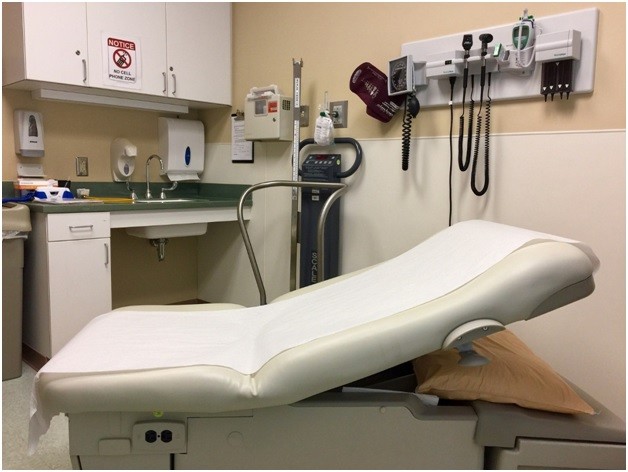Last Updated on May 4, 2025 by Jaclyn A. Neeley
Students often have a hard time deciding between qualified trade schools and regular two and four-year colleges. In the US, the average cost of a trade school education runs about $35,000, while a four-year degree averages nearly $135,000. That’s a staggering difference, especially when you consider that the students get saddled with colossal loan packages that take decades to repay.
The dirty little secret is that the trade schools often provide a better, faster entry to the workforce with much small cash outlays and lower student loans. Whether the student wants to learn IT Tech or Healthcare services, they can finish their schooling quickly at a trade school.
In fact, many programs found locally for students can be finished in less than six months. If you Google Medical Aesthetician school near me, you’ll find several possibilities for your education. And, you’ll see that some programs run just a few months before you can be state certified and get a job in your chosen field.
Medical Aestheticians usually make two to three times the location’s minimum wage, and training can be found from $9,000 to $25,000 for a series of courses that can put the student to work quickly. Is that for you?

Helping Others in your Dream Job
Whether your dream job is working in a doctor’s office or doing landscape design, a recent Georgetown Center on Education and the workforce states that more than 30 million jobs that pay an average of $55000 do not require a bachelor’s degree. Get one if you want, but you might not need one!
If you’ve chosen your career wisely, you will likely stay employed and enjoy your job more than many workers. Having a career where you are helping people seems to go hand in hand with workplace happiness. What job would that be for you?
Another convenient benefit of obtaining a technical certificate and getting certified at the state level is you’ll significantly increase your chances of being hired, especially as the workforce begins to shrink in the US due to aging and lack of applicable skills.
According to Zippia, the average worker changes jobs/careers 12 times in their lifetime. Those changes don’t sound like a four-year college education guarantees as much job security or happiness. Why is the price tag so high if it doesn’t, and why spend the money and time on training for a career that won’t last?


